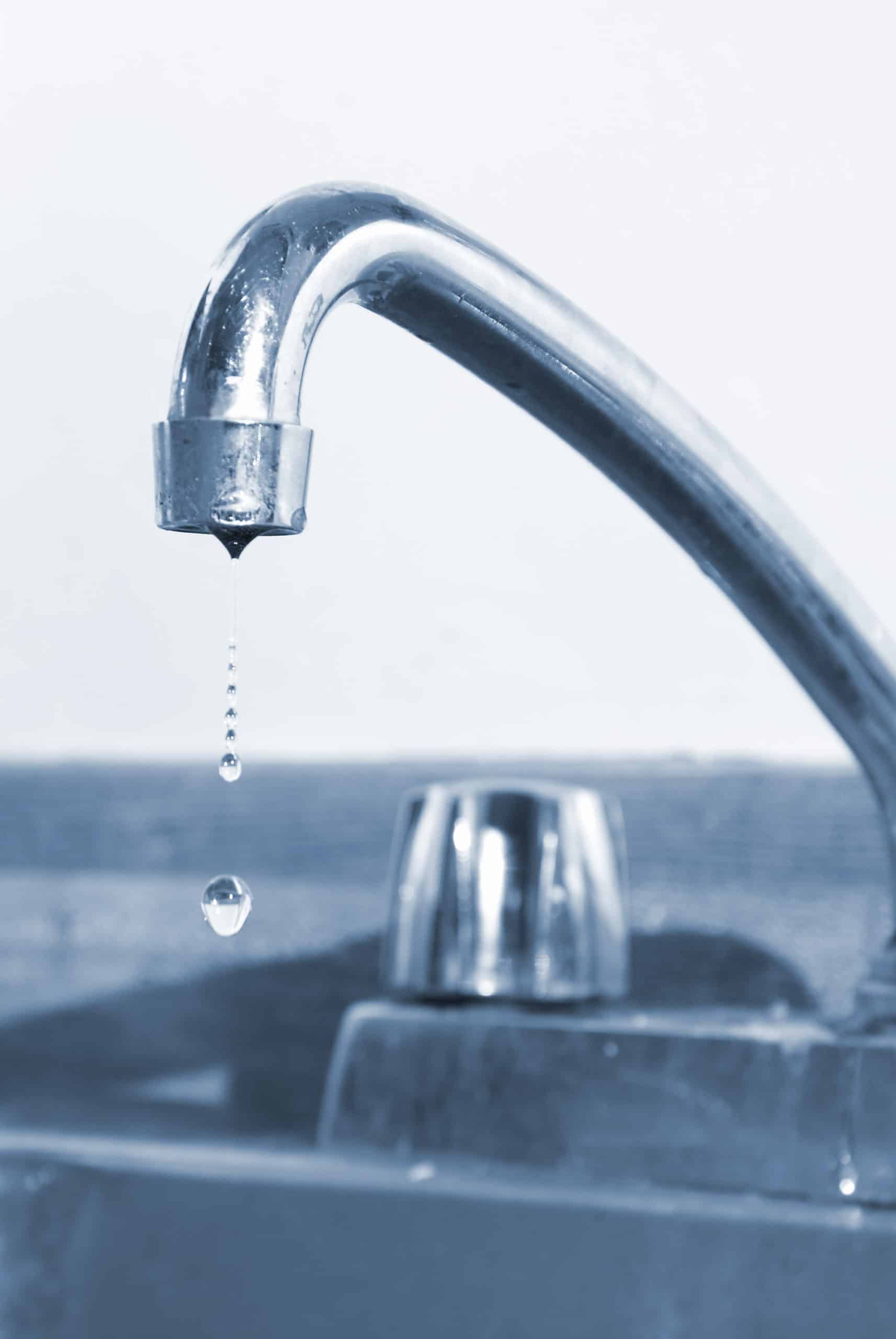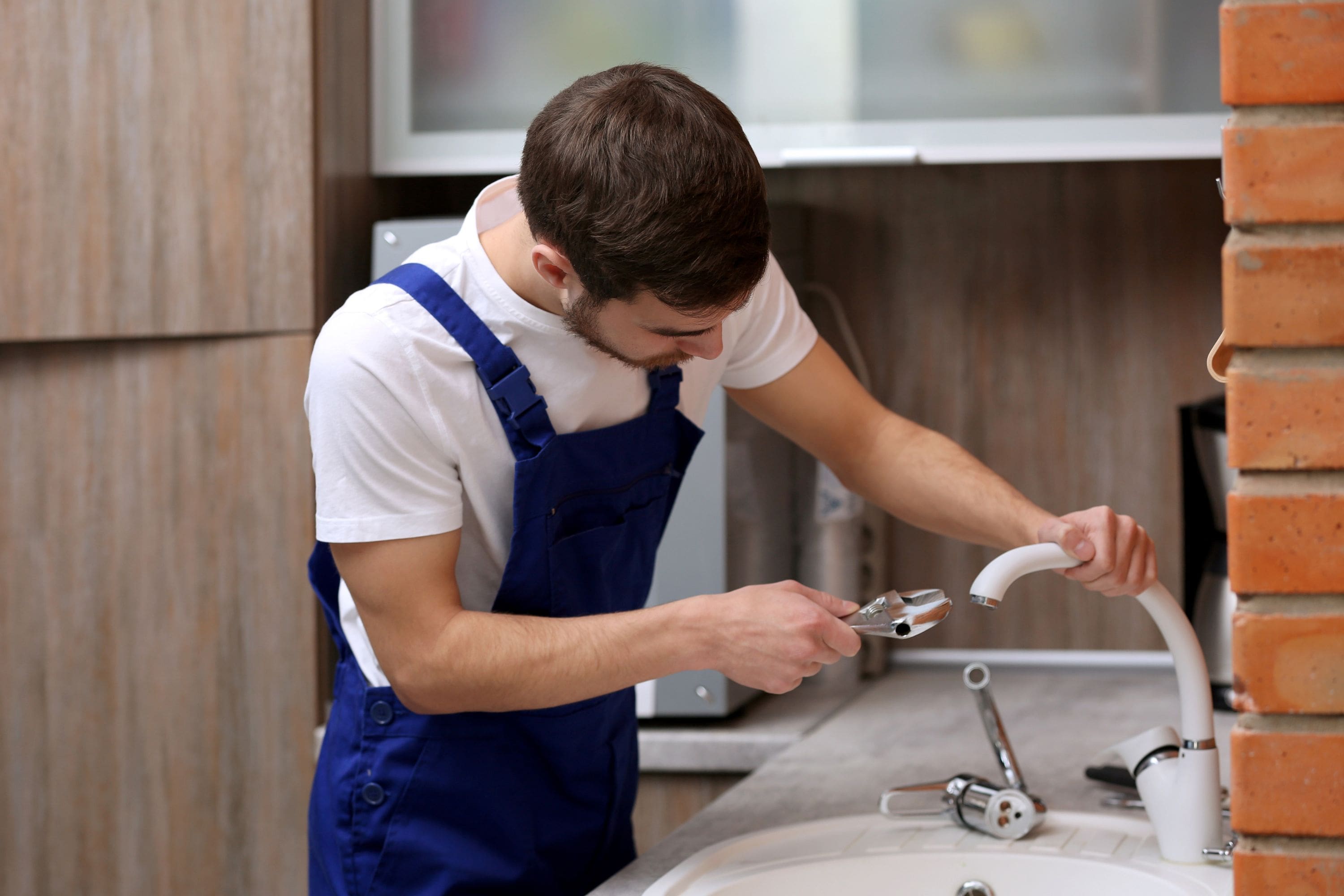This post directly below relating to 4 Common Reasons for a Leaky Faucet is fairly enjoyable. Don't miss out on it.

Trickling taps could seem like a minor hassle, however their influence surpasses simply the nuisance of the noise. From wasting water to incurring unneeded financial costs and health and wellness threats, disregarding a leaking faucet can bring about various repercussions. In this article, we'll look into why it's important to resolve this common home concern promptly and effectively.
Wastage of Water
Environmental Impact
Dripping taps add significantly to water wastage. According to the Environmental Protection Agency (EPA), a single tap trickling at one drip per secondly can throw away more than 3,000 gallons of water per year. This not only stress water sources but also influences communities and wildlife depending on them.
Financial Expenses
Enhanced Water Costs
Beyond the ecological effect, dripping taps can inflate water expenses considerably. The built up wastefulness over time equates right into greater utility costs, which might have been prevented with timely fixings.
Potential Building Damages
Moreover, long term dripping can result in harm to components and surface areas bordering the tap. Water buildup can trigger staining, corrosion, and also architectural issues if left neglected, causing added repair expenses.
Wellness Issues
Mold and Mildew Development
The consistent presence of dampness from a leaking faucet produces an excellent setting for mold and mildew and mold growth. These fungis not only endanger interior air top quality yet likewise posture health risks, specifically for individuals with respiratory conditions or allergies.
Waterborne Diseases
Stationary water in dripping taps can become a breeding ground for bacteria and various other microorganisms, raising the risk of waterborne illness. Impurities such as Legionella bacteria prosper in stationary water, possibly resulting in severe diseases when consumed or breathed in.
Do it yourself vs. Professional Repair
Pros and Cons of Do It Yourself Repair
While some might attempt to deal with a leaking tap themselves, DIY fixings come with their very own set of difficulties. Without correct understanding and devices, DIY efforts can aggravate the problem or cause incomplete repair work, extending the trouble.
Benefits of Hiring an Expert Plumber
Hiring an expert plumber makes certain that the underlying source of the dripping faucet is dealt with efficiently. Plumbing professionals have the expertise and equipment to diagnose and fix tap issues efficiently, conserving time and decreasing the threat of additional damage.
Step-by-Step Overview to Dealing With a Dripping Tap
Devices Called for
Before attempting to take care of a leaking faucet, gather the needed devices, including an adjustable wrench, screwdrivers, replacement components (such as washing machines or cartridges), and plumber's tape.
Common Tap Issues and Their Solutions
Recognize the type of faucet and the particular issue triggering the drip. Common troubles include damaged washers, corroded shutoff seats, or malfunctioning O-rings. Describe maker guidelines or online tutorials for detailed advice on repair services.
Safety nets
Normal Upkeep Tips
To prevent leaking taps, do regular upkeep such as cleaning aerators, examining for leaks, and replacing worn-out components immediately. Furthermore, consider installing water-saving devices or upgrading to a lot more effective components.
Relevance of Prompt Repairs
Addressing dripping faucets as soon as they're noticed avoids additional water wastage and possible damages, inevitably conserving both water and cash in the future.
Influence On Home Worth
Understanding of Well-Maintained Residential Property
Keeping a property in good condition, consisting of resolving upkeep issues like dripping taps, improves its perceived value and worth among potential customers or occupants.
Influence on Resale Worth
Features with well-maintained plumbing components, including taps, command higher resale worths in the realty market. Resolving dripping faucets can contribute to a favorable impression throughout residential property inspections and settlements.
Ecological Duty
Private Payment to Preservation
Taking duty for taking care of trickling taps lines up with wider efforts towards water preservation and environmental sustainability. Every individual's activities collectively make a significant influence on protecting precious sources.
Sustainable Living Practices
By focusing on timely repairs and embracing water-saving habits, individuals add to sustainable living methods that profit both present and future generations.
Verdict
Dealing with a trickling faucet exceeds plain convenience; it's an essential action towards conserving water, minimizing economic costs, and protecting health and wellness and residential or commercial property. Whether with do it yourself fixings or specialist aid, acting to take care of trickling taps is a tiny yet impactful means to advertise accountable stewardship of resources and add to a healthier, much more sustainable future.
How to Fix a Leaky Faucet: Step-by-Step Repair Guide
A leaky faucet may seem like a simple annoyance, but if it's not fixed promptly, that leak could cost hundreds to potentially thousands. From water damage to mold, mildew, and high water bills, even a tiny leak can be catastrophic if left unattended. Damage like this can even affect the overall value of your home, so it's important to take the right approach for leaky faucet repair. You may need the help of a plumber in some cases, but we've got a few tips you can try on how to fix a leaky faucet before calling the pros.
Four Faucet Types
When you're learning how to fix a leaky faucet, the first step is knowing what kind of faucet you're working with! There are four common types.
Cartridge Faucets
Cartridge faucets come in one- or two-handled varieties. In one-handled cartridge faucets, hot and cold water combines in a single cartridge. In the two-handled versions, hot and cold water are controlled separately and mixed in the faucet.
Ball Faucets
Ball faucets have a single lever you push up and down to adjust the pressure and rotate to change the temperature. A slotted metal ball controls the amount of water allowed into the spout.
Compression Washer Faucets
They're the oldest type of faucet, but they're still used in many homes — especially older ones. Compression faucets have two separate handles that, when turned, raise or lower the washer that seals a water valve. This valve stops water from flowing through the faucet when it is turned off.
Disc Faucets
Disc faucets rarely need to be repaired due to their maintenance-free design. The water flow is controlled by two discs — the upper one raises and lowers against a fixed lower disc, creating a watertight seal. If your disc faucet starts leaking, you may need to replace the seals or clean residue buildup from the inlets.
Fixing a Leaky Faucet
Step 1: Turn Off the Water
Whether you're learning how to fix a leaky bathtub faucet or how to fix a leaky kitchen faucet, always turn off the water supply to your working area when you're fixing a leak. The last thing you want is a flood added to your list of things to fix.
Look for the shutoff valves below your sink or around the tub and turn them clockwise to stop the water flow. If your faucet doesn't have shutoff valves, you may need to turn off the water for the whole house. Check to make sure it's off by turning the faucet on. If nothing comes out, you're ready to start the repair.
Step 2: Take Apart the Faucet
How you disassemble your faucet depends on the type of fixture you have. You can use a flathead screwdriver to remove the caps on top of the handle or handles for cartridge and compression faucets. Inside, you should see handle screws. Unscrew these with a screwdriver to remove the handle.
Disc- and ball-style faucets will typically have an inlet screw near the handle, and removing that will reveal the interior of the faucet.
Detach the Valve Stem
For cartridge- and compression-style faucets, you'll see the inner valve stem or cartridge once you remove the faucet handles. If you have a compression faucet, unscrew the brass valve stem. If you have a cartridge faucet, pull out the cartridge. If your cartridge has been in place for a while, it may require some tools or extra force to remove it due to mineral deposits.
Examine and Replace Parts
Once you've removed the parts, check them out to confirm what needs to be replaced. You may see corroded rubber washers, O-rings, stems, or cartridges. On a ball-style faucet, check the seats and springs for damage.
If you need to repair a leaky disc faucet, check the inlet and seals on the lower disc.
Once you determine what parts must be replaced, visit your local hardware store. Bring the damaged parts with you to ensure you can purchase the correct components to replace them.
Clean Valves and Faucet Cavity
If you've removed a stem or cartridge, you may notice mineral buildup in the faucet's threads. Use white vinegar to clean the valve seat by soaking it for a few minutes, then scrub it away with a soft toothbrush and rinse with warm water. You can also clean the interior of the faucet in the same way.
Reassemble the Faucet
Once your faucet is cleaned and the required parts have been replaced, it's time to reassemble it. Put the pieces back together and slowly turn the water supply back on. Doing this slowly is crucial because too much initial water pressure can damage the new hardware you've just installed.
https://homewarranty.firstam.com/blog/how-to-fix-leaky-faucet

Hopefully you enjoyed our topic about Leaky Faucets: Why They Happen & What to Do About Them. Thanks so much for taking time to read our blog. In case you appreciated our blog posting kindly do not forget to pass it around. Thanks for your time. Revisit us soon.